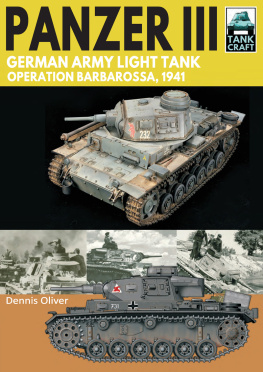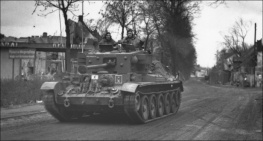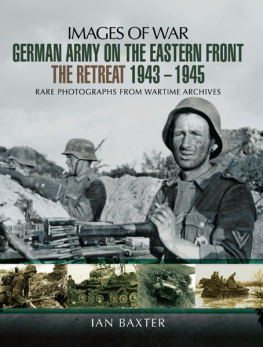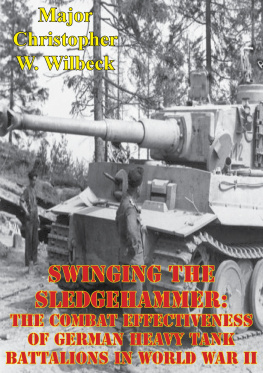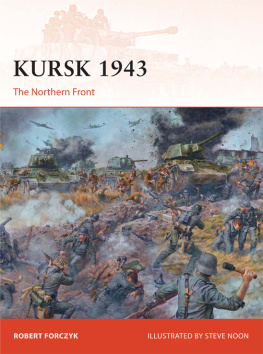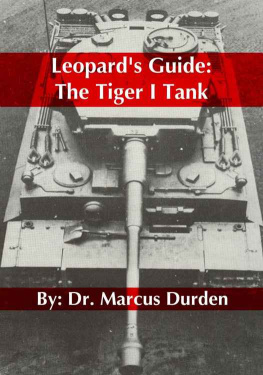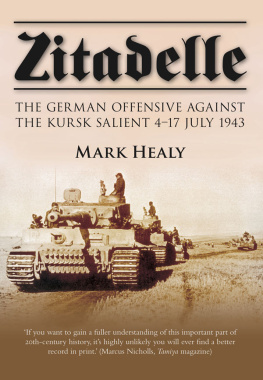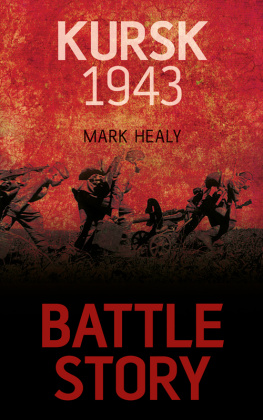TankCraft 20
Contents
First published in Great Britain in 2019 by Pen & Sword Military
An imprint of Pen & Sword Books Ltd
47 Church Street, Barnsley, South Yorkshire, S70 2AS
Copyright Pen & Sword Ltd, 2019
Artwork copyright Dennis Oliver
ISBN 978 1 52675 582 7
ePUB ISBN 978 1 52675 583 4
Mobi ISBN 978 1 52675 584 1
The right of Dennis Oliver and Oliver Publishing
to be identified as the Authors of
this work has been asserted by them in accordance with the Copyright, Designs
and Patents Act 1988.
A CPI catalogue record for this book is available from the British Library.
All rights reserved. No part of this book may be reproduced or transmitted in any
form or by any means, electronic or mechanical including photocopying, recording
or by any information storage and retrieval system, without permission from the
publisher in writing.
Pen & Sword Books Ltd incorporates the Imprints of Pen & Sword Military, Pen &
Sword Family History, Pen & Sword Maritime, Pen & Sword Aviation, Pen & Sword
Discovery, Wharncliffe Local History, Wharncliffe True Crime, Wharncliffe Transport,
Pen & Sword Select, Pen & Sword Military Classics, Leo Cooper, The Praetorian Press,
Remember When, Seaforth Publishing and Frontline Publishing.
For a complete list of Pen & Sword titles please contact
PEN & SWORD LIMITED 47 Church Street, Barnsley, South Yorkshire, S70 2AS,
England
E-mail:
Website: www.pen-and-sword.co.uk
Front cover. At top, Naomasa Dairakus 1/35 scale early production Tiger I.
Further examples of his work can be seen in the Model Showcase section
which begins on . At centre, from left to right: A Tiger of 2.Kompanie,
schwere Panzer-Abteilung 503 photographed during the early stages of the
battle for the Kursk Salient in July 1943. A Tiger I of SS-Panzer-Regiment 2
showing the unit insignia adopted for Operation Citadel. Tiger crewmen
loading their tank with armour-piercing and high-explosive rounds. At
bottom: An early production Tiger I of 3.Kompanie, schwere Panzer-
Abteilung 505. This vehicle is also examined in the Camouflage & Markings
section of this book.
Dennis Oliver
EASTERN FRONT, SUMMER 1943
TIGER I
GERMAN ARMY
HEAVY TANK
A Tiger I of schwere Panzer-Abteilung 505. Although this tank has been associated with the battalions first company, the style of the turret
numbers, pattern of camouflage and late production features are all indicative of the 3.Kompanie tanks that arrived at the front on 8 July
1943. I believe that at least one other third company Tiger may have been transferred to 1.Kompanie and renumbered as 111 and this is
discussed in the Camouflage & Markings section.
INTRODUCTION
From 1937 the firms of Henschel und
Sohn, Daimler-Benz, Porsche and MAN
had been working on the design of a
vehicle in the 30-ton class that would
eventually replace the Pzkpfw IV medium
tank which was just then entering service.
Envisaged as a Durchbruchswagen, or
breakthrough vehicle, trials continued on
the new design through the last years of
peace and into 1940 but without any great
urgency.
Momentum increased significantly with
the invasion of the Soviet Union and the
Wehrmacht's first confrontation with the
Russian KV and T-34 tanks which
combined heavy, sloped armour with
mobility and firepower. In addition to the
30-ton tank, Hitler demanded that work
begin immediately on a still-heavier
vehicle with armour that would be
impervious to any anti-tank gun then in
use, could close with the enemy at a
minimum speed of 40kph and would be
armed with a weapon capable of
destroying any tank out to a range of 1,500
metres. Within a year both Henschel and
Porsche had developed prototypes that
were demonstrated to Hitler on 20 April
1942 and although neither was
particularly impressive the Henschel
model was ordered into production .
The command of the army took some time
to decide on how the new tanks would be
deployed tactically and it was originally
intended that company-sized units made
up of Tigers and light tanks would be
attached to each Panzer division and
employed as spearhead formations .
Although this idea was quickly dropped,
and the Tigers organised into independent
battalions, for much of January and
February 1943 they were attached to
Panzer regiments as a III.Abteilung.
In early March 1943 a reorganisation saw
the light tanks removed and the number of
companies increased from two to three
meaning that a complete schwere Panzer-
Abteilung could field forty-five Tiger tanks
. Tables of organisation for each of the
Tiger units covered by this book are
included in the main text.
By the summer of 1943 the German army
in the East was able to field three complete
Tiger battalions and four heavy companies
and great things were expected of these
units in the coming battles to cut off and
destroy the Red Army units in the Kursk
salient as part of Operation Citadel.
Although the failure of the German
offensive was not the disaster that many
Soviet historians claimed, the summer
battles of 1943 did mark a high point in the
Wehrmacht's fortunes. From then until
the end of the war the Red Army would
dictate the course of the battle and rarely
lost the initiative. German operations were
for the most part limited to counterattacks
and they would not mount another major
offensive in the East before the spring of
1945 when the front had moved as far west
as Lake Balaton in Hungary
.
The suggestion that seventy Tigers were
left as burning hulks on the battlefield in
front of Prokhorovoka on 12 July 1943 was
a complete invention on the part of the
Russians. Just forty-three of the tanks
were available on the southern sector of
the front at the start of Operation Citadel
and only one was lost on that day. But this
claim, amplified in the
Pravda
headline
that proudly proclaimed 'The Tigers are
Burning!', in some way served to illustrate
how these powerful tanks had entered the
collective Russian imagination as a
symbol of the enemy's dominance of the
battlefield . After a few short months,
operating in largely insignificant numbers,
the Tiger tank had entered the realm of
myth and legend, where it remains to this


